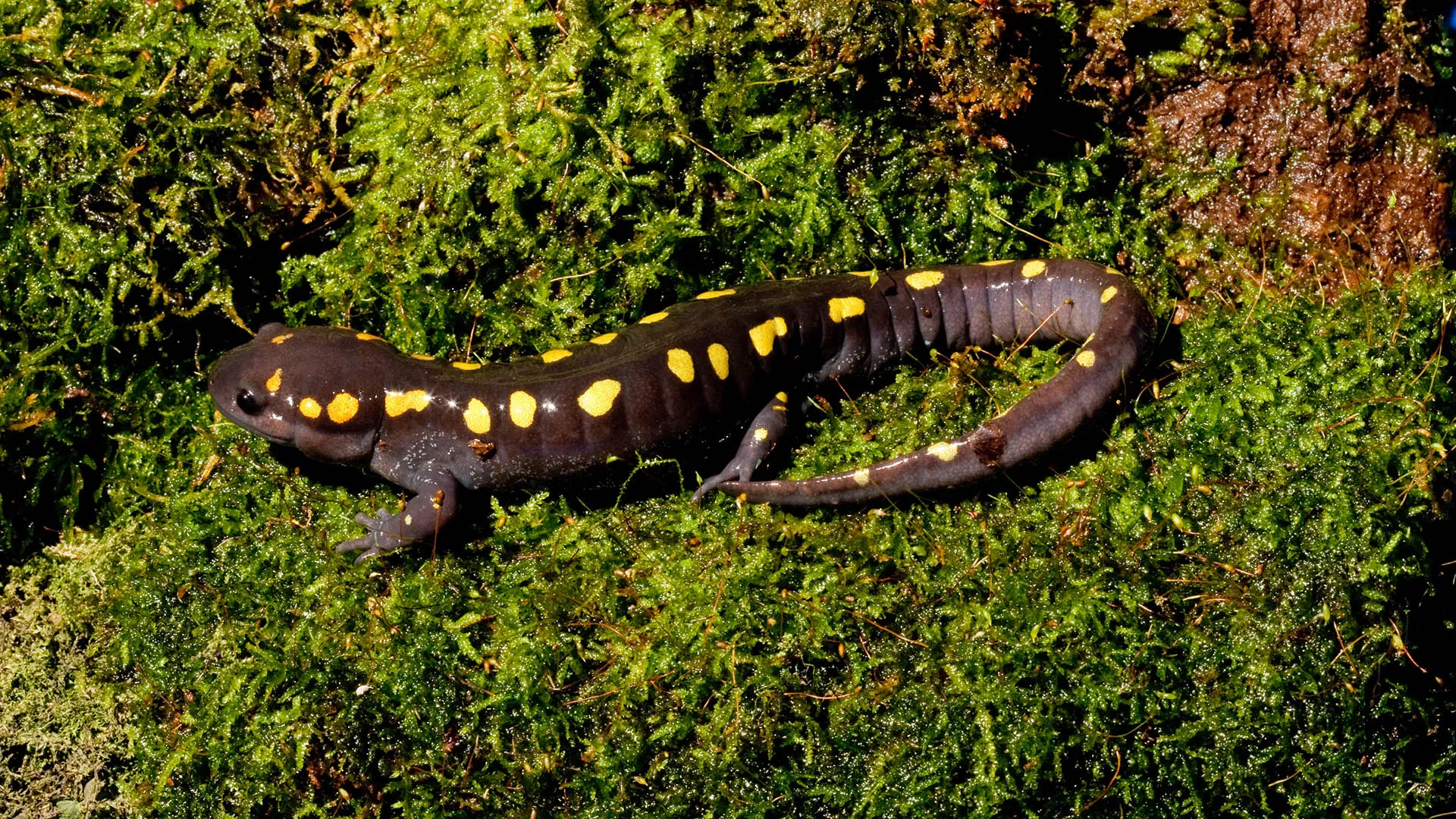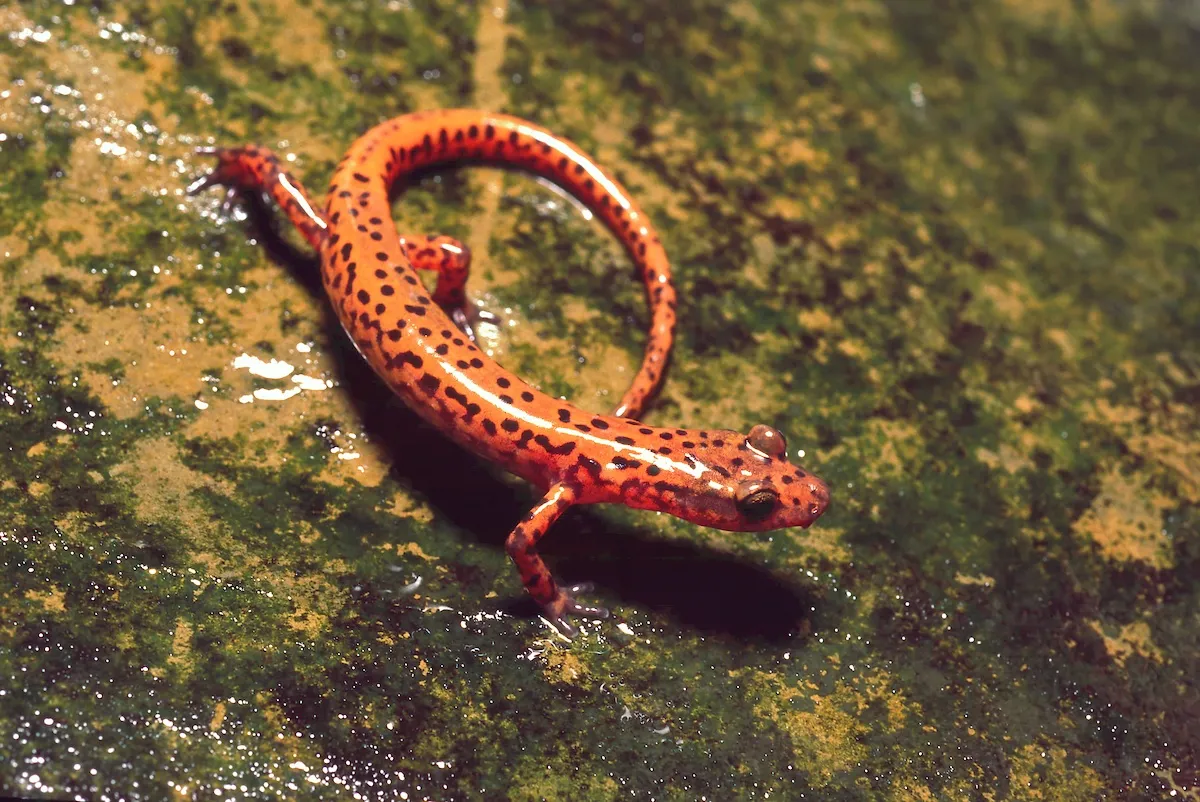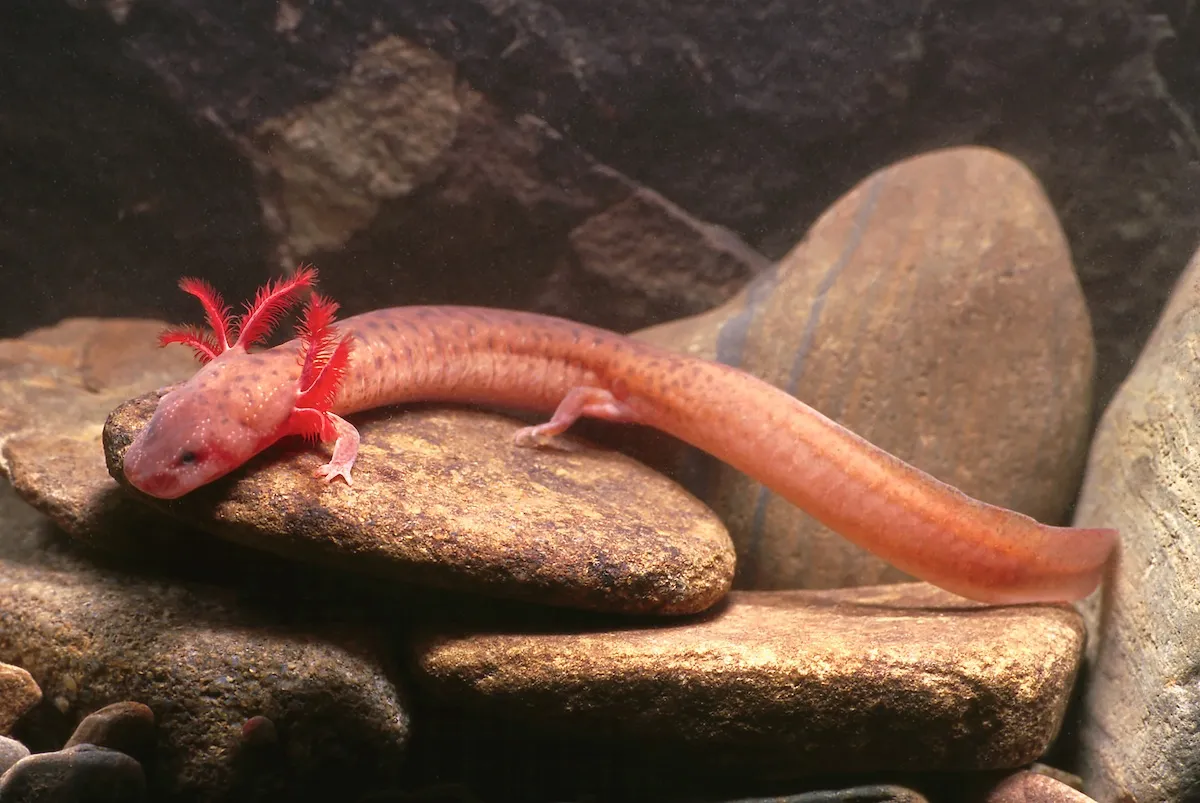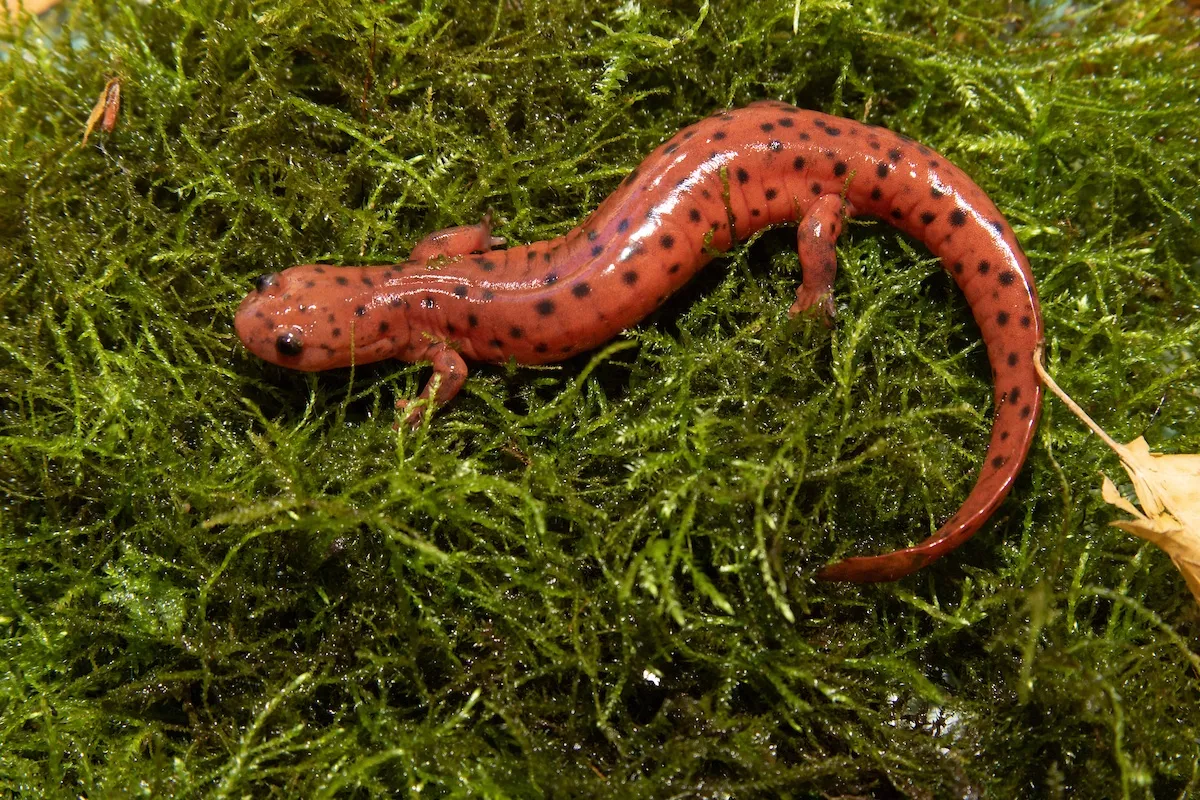The mountains, ridges and foothills of Southern Appalachia are a bountiful landscape with one of the highest concentrations of species on earth, and that diversity isn’t limited to the fishes in its rivers, lakes and streams.
Known as the salamander capital of the world, the Great Smoky Mountains and surrounding areas have more salamander species than anywhere else on the planet. One-third of the world’s more than 700 identified salamander species live on the North American continent, and 80 percent of those are found in this region. The populations of these small amphibians are so dense that there are estimated to be two salamanders per 10 square feet.
But why? What is it about this unique area that has led to such a profusion of salamanders? The answer is two-fold: geography and climate.
A mild subtropical climate means more salamanders
Amphibians like salamanders are ectothermic (from the Greek “outside heat”). Commonly referred to as “cold-blooded,” this means salamanders cannot regulate their body temperatures the way birds and mammals can.
Instead, their body heat fluctuates with their surrounding environment, warming and cooling as the temperatures around them rise and fall. Amphibians also absorb oxygen through their skin and depend on water to keep their skin wet or moist to facilitate that process.
Here in East Tennessee, our long, warm summers and mild, wet winters are ideal for ectothermic amphibians to thrive.
“We have a humid, subtropical climate, which is the perfect environment for salamanders,” says Aquarium Herpetologist II Charlie Olson.
Southern Appalachia’s climate also nourishes temperate, deciduous forests with dense foliage. On occasions when weather conditions do reach the extremes of cold or heat, salamanders can dig into leaf litter or soil, where temperatures and humidity remain relatively stable, even in harsh conditions.
“We also have a lot less urbanization in Southern Appalachia than in other parts of the world,” Olson says. “That has helped the salamanders, too.”


Fragmented habitats create species diversity
The ridges and rivers which divide East Tennessee into valleys, mountains and plateaus have had an indelible impact on its salamanders. This geographic patchwork quilt segmented salamander populations, leading to the development of a huge variety of species in different isolated pockets of habitat.
“Salamanders don’t travel very far, so two neighboring mountaintops might have completely different species,” Olson says.
Southern Appalachia can boast about more than just salamander variety. The region also boasts the most endemic species — species found here and nowhere else — on the planet.
East Tennessee’s cool mountain streams and varied elevations offer a wide variety of habitats for salamanders with different life cycles and tolerances for heat and cold. These range from purely aquatic species, like Hellbenders that spend their entire lives in the water, to terrestrial salamanders that live their adult lives on land but return to water annually to breed.
Vernal pools — seasonal bodies of water which fill during rainy winters and dry up by summer — are common throughout the region and play an important role in salamander life cycles. Fish are voracious predators of salamanders, their eggs and larvae, but these seasonal pools of water don’t last long enough for fish to take up residence, making them ideal egg-laying sites.
Terrestrial salamanders will make their way to these pools to lay their eggs in a safe environment where their larvae can hatch and mature into adults.
“A lot of them use the same pools generationally,” Olson says. “You find the same salamanders coming back to the same vernal pools, which is one of the reasons why it’s so important to protect them.”


Where are the salamanders?
If this part of the country is so rich in salamanders, why don’t we see more of them?
“Most of those salamanders are underground where you’re not going to see them, or under leaves, fallen trees or rocks,” Olson says.
Salamanders are common prey for many other native animals, and it’s in their nature to remain secretive and hidden. Many are nocturnal, moving across forest floors in search of food under cover of darkness.
For would-be salamander seekers, your best chances to see them are at night. If searching during the daytime, look carefully beneath rocks and fallen logs around streams and pools.